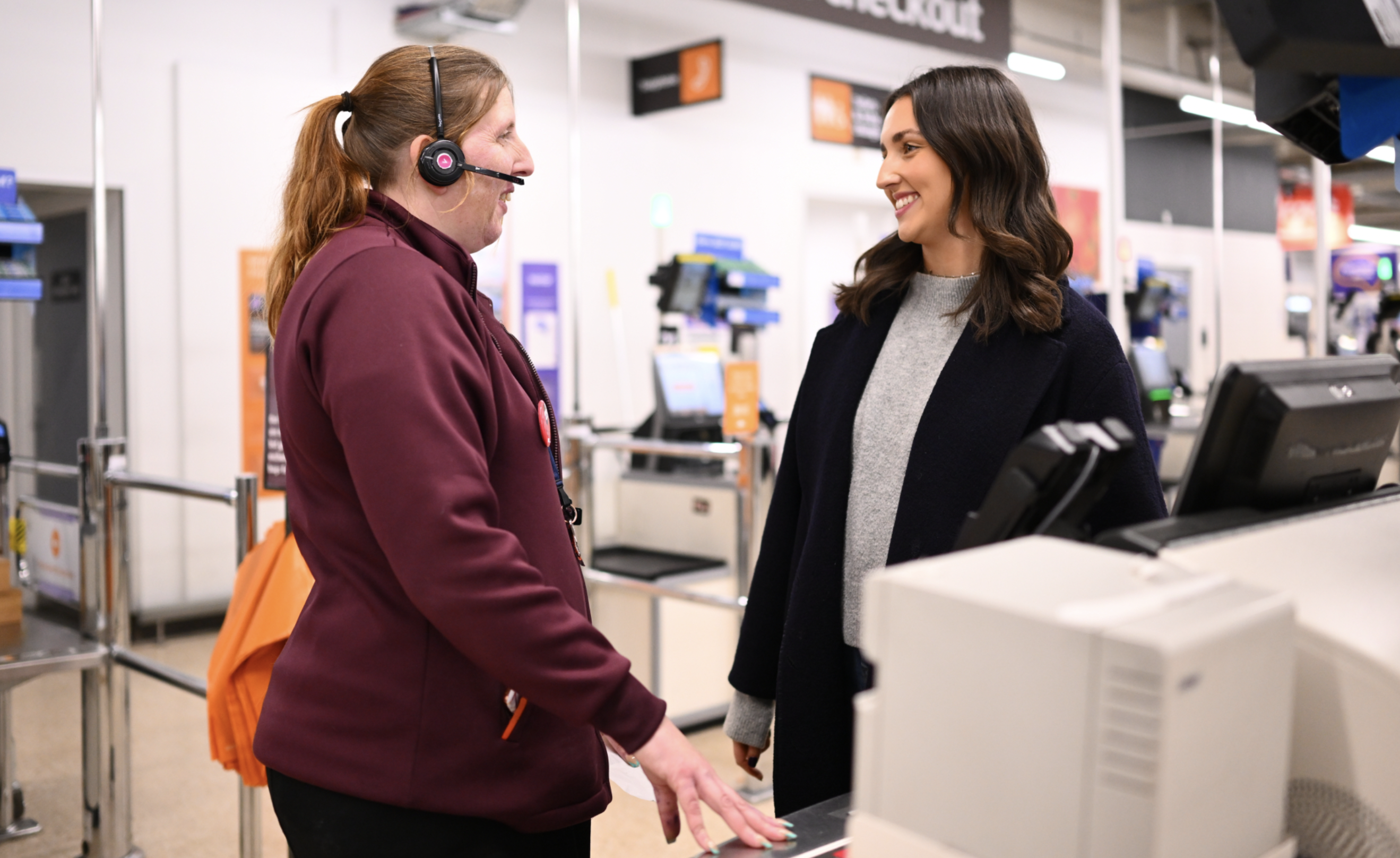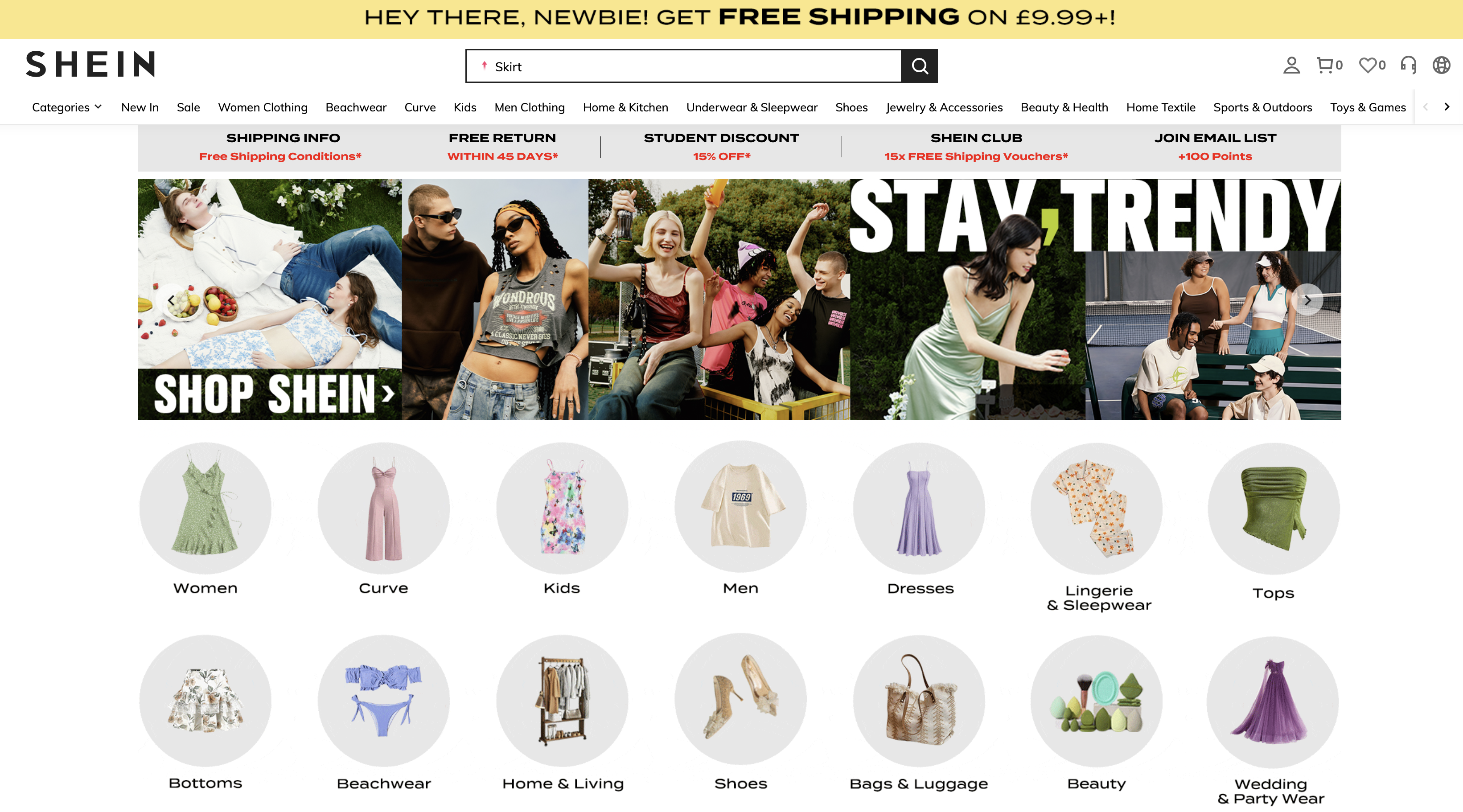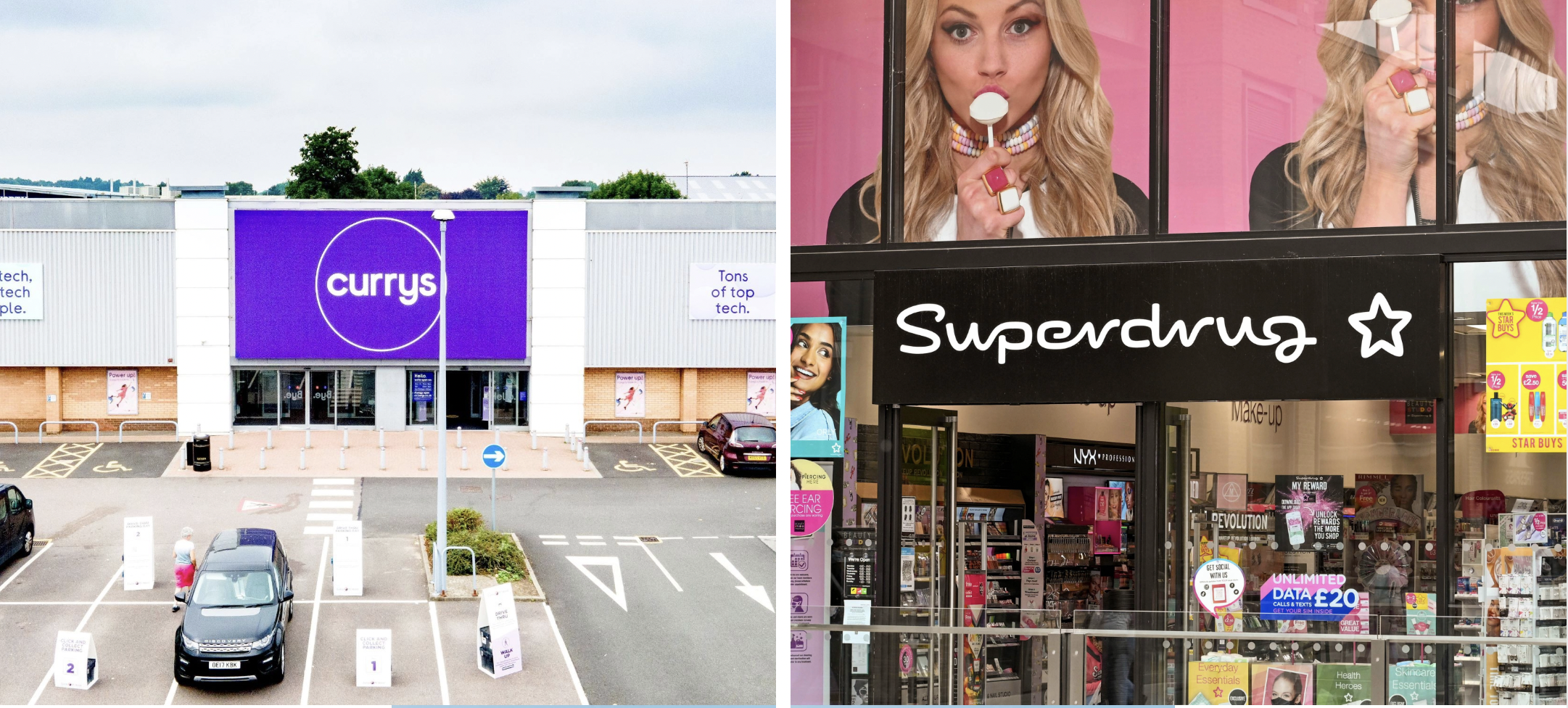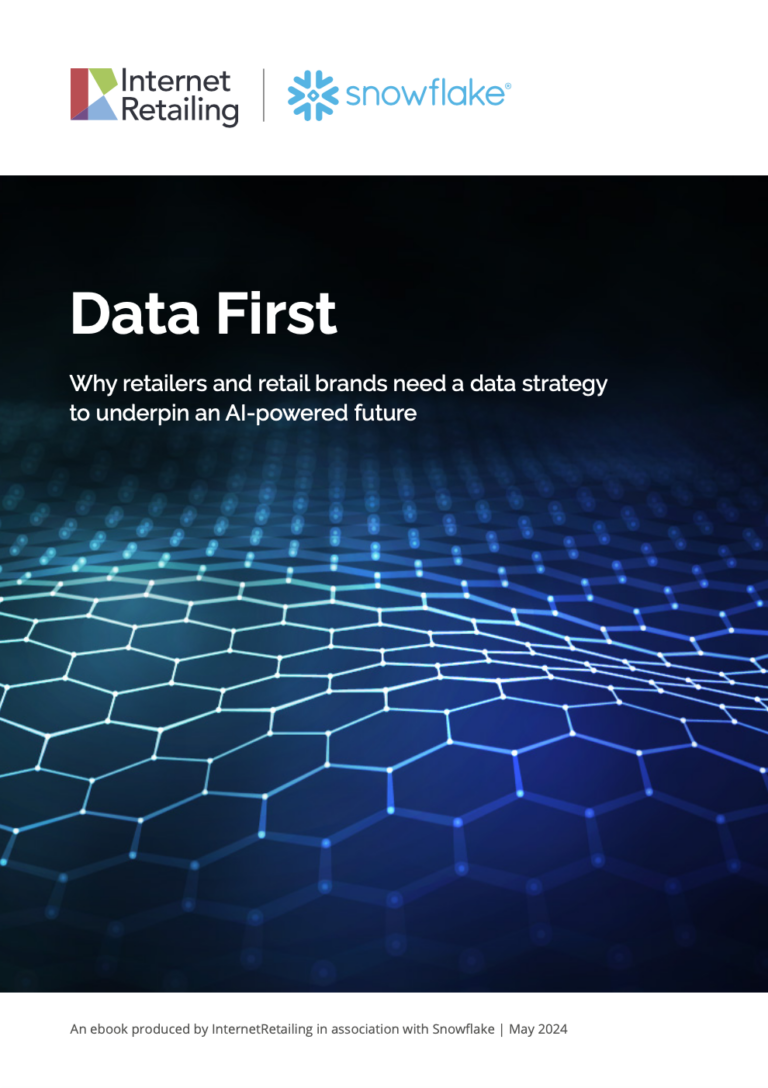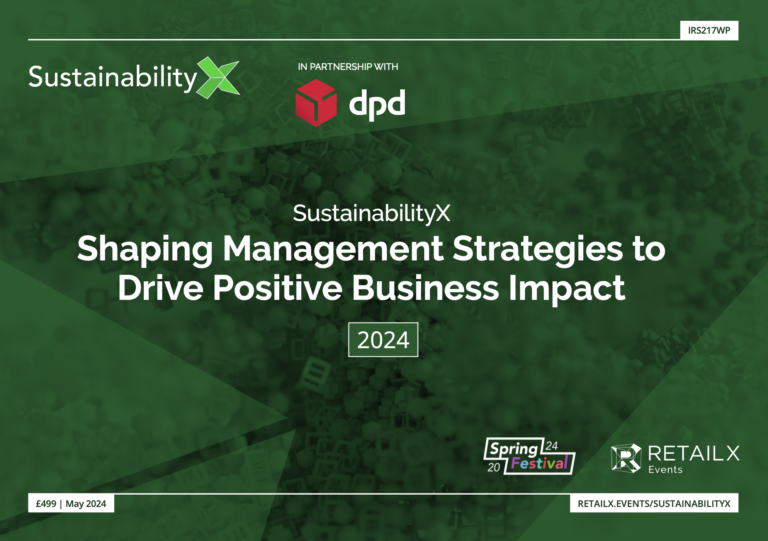Virtual reality (VR) has recently hit the headlines hard. With the first batch of Facebook’s Oculus Rift VR headset selling out in record time, Google creating a new division dedicated solely to VR, the world’s first VR theme park ride launching in the UK and an entire VR-only theme park starting up in the US, there’s been plenty of hype.
With the rise of ecommerce, it could be argued that retailers are one of the fastest industries to adapt and take advantage of the latest technology. However, the question of how it can most effectively use VR – either as part of the shopping experience or as a product to sell – still remains to be seen, although past experience can indicate which route might be best.
Selling VR
With the quick sales of the Rift headset, there’s no doubt that the demand is there. Oculus Rift – the ‘Hoover’ of the VR world in terms of brand recognition – was a good buy for those who committed early. Launching with two bundled games, it’s had the most focus and support from much of the mainstream desktop gaming community. From a development perspective, the brand is well known and supported by earlier hardware releases, and games companies will have thought about tweaking their releases to become compatible with it.
While it’s no surprise there was demand for an exciting new technology, the “selling out” still came as a bit of a shock – albeit one that was welcomed by retailer Game . After issuing a profit warning just days before Christmas, chief executive Martyn Gibbs said he anticipated that “new technology releases this year, in particular the launch of virtual reality devices, will lead to increased consumer interest which will benefit Game as customers seek expert advice and specialist service.”
As aging consoles such as the PS4 and Xbox One begin to lose their shine, it seems natural to look to new formats to recoup profits. However, the Oculus Rift and the soon to be released HTC Vive are both looking at capturing solely the less profitable PC market (while the Rift is in cahoots with xBox, the current consoles won’t be able to support it). In addition, many casual gamers will need to upgrade their machines to use this hardware: only the very few hardcore PC gamers with liquid cooled tweaked boxes will be able to experience VR as it was intended.
While it is true that consumers need new technology to dig their teeth into, relying on them can be a risky strategy for a retailer. In this instance, it seems what Game needs to make VR work for them is an affordable solution, ideally running off the industry’s most profitable console the PS4, but apparently rumours are abound of the forthcoming PlayStation VR being held back only because there are not enough games to support it.
Using VR as a means to sell
VR is already being used across other sectors to provide consumers with a more interactive, emotive and convenient experience. Chris Milk’s VR film Clouds Over Sidra was shown at Sundance a year ago. Commissioned by the UN, it shows conditions in a Jordanian refugee camp populated with Syrians and emotively depicted what it was like to be there, to give viewers empathy for the plight of others, virtual reality can pull at your heart strings. Many car companies have used VR to extend configurators and test drives to good effect, and Ogilvy has used it to give doctors empathy for their patients’ conditions such as what it is like to have low blood sugar.
The death of high street giants and Christmas shoppers moving online signalled a decline in people visiting stores and suddenly, retailers’ efforts on store arrangement and such suddenly proved useless, instead being replaced by web design and e-commerce. Virtual reality provides the opportunity to bring back the ‘day at the mall’ shopping experience, bringing back the ‘know how’ that retailers have perfected over a century. It also bridges the gap between ecommerce and tangibility, giving consumers the chance to experience what they are about to buy better than ever before.
What most people question though is will it be up to it? It’s hard to imagine how virtual reality will allow someone to feel like they’re wearing an item of clothing. Cloth can be modelled to fall in a certain way but elements such as fit and comfort and elasticity of cloth are hard to model. One of the forerunners in vRetail is Sixense who has created the hardware to allow physical immersion in the virtual space. While its demos include the ability to handle virtual modes of shoes, see videos of clothing being worn and test fly drones, it seems merely a small first step towards the possibilities of virtual retail.
How product placement and virtual objects apply in the world of VR will also relate to retail. Already companies like Mirriad have the ability to dynamically reskin billboards in the background of TV shows to make them cater to local markets. These same options will no doubt be extended to retail, with different items being shown inside virtual experiences based on where you are in the world.
On the other side of the street from virtual reality headsets, which will always be something worn in a confined space in private, are augmented reality headsets such as the Microsoft Hololens, which adds and overlays content on your surroundings as you go about your normal day. Given how people wearing the relatively discreet Google Glass got lambasted, it might be a while before the headsets like Hololens become socially acceptable for everyday public use, but there is certainly less of a jump; to have objects (be they ad banners, product details or attacking aliens) superimposed on your real world surroundings is more magical and inclusive than being transported to somewhere else entirely as you are when using a VR headset.
Whilst the real future for making VR an everyman’s device may seem a little while off, the demand for the technology from both the early adopter consumers and the retailers themselves is certainly here. Knowing how to optimise the devices for maximum impact is yet to be seen.
Mark Caswell-Daniels is lead creative technologist at SapientNitro

